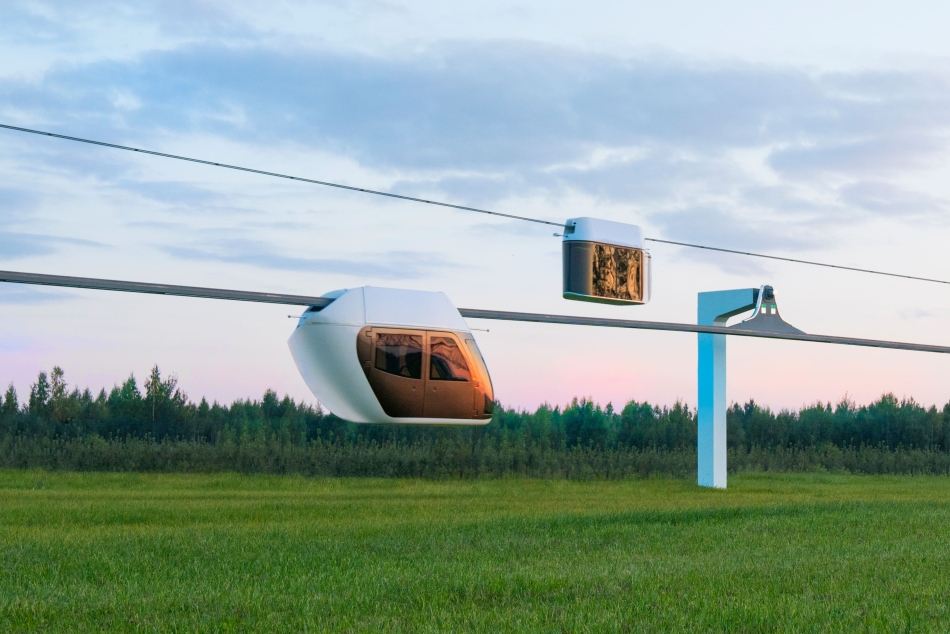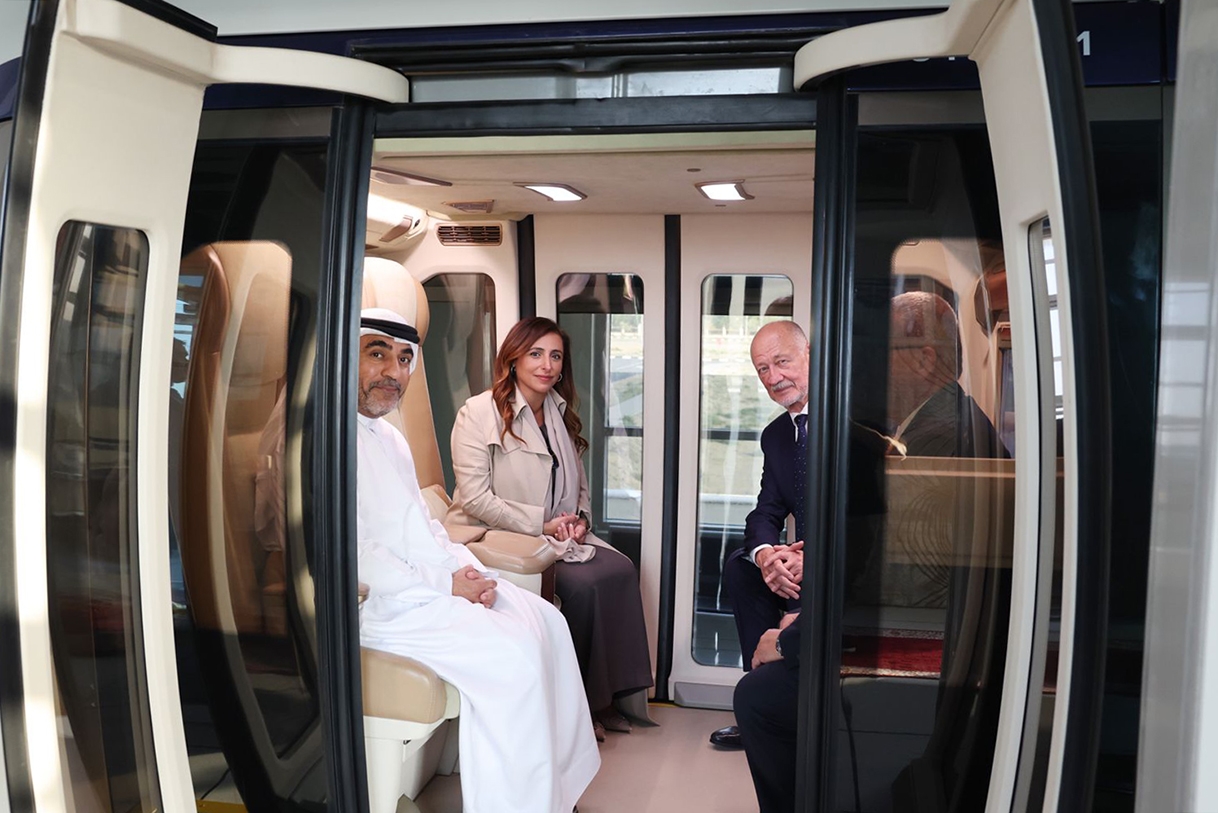Unitsky String Technologies Inc. Receives New Certification

UST Inc. reconfirmed its compliance with qualification requirements and received a certificate of the second category. The document was issued for the right to execute general design activities by the Ministry of Architecture and Construction of Belarus.
The certificates of compliance demonstrate the competence of Unitsky String Technologies Inc. to provide services that meet customer and statutory requirements. Today the competencies of UST Inc. are confirmed by certificates of compliance for the right to execute general design activities, for the right to develop sections of design documentation for construction projects of the first to fourth complexity classes, as well as for the right to render engineering services for integrated management of construction activities and technical supervision of construction projects of the second to fourth complexity classes.
Obtaining a high-category certificate not only confirms the competence of Unitsky String Technologies Inc. but also the company's intention to continually improve its performance.
Read the original document at the link.
More news

News
18 Junе 2025
Increasing battery efficiency by 20%: UST Inc. engineers tested a ground heat accumulator
The specialists at UST Inc. have created a laboratory prototype and a mathematical model of a ground thermal accumulator.

News
21 April 2023
President of the American University of Sharjah and CEO of SRTIP Visited uSky
uSky Test & Certification Center was visited by Sheikha Bodur bint Sultan Al Qasimi, President of the American University of Sharjah. The high-ranking guest's visit was supported by Hussain Al Mahmoudi, CEO of Sharjah Research Technology and Innovation Park (SRTIP).

Blog
31 December 2021
New Year's Greetings from the Management of Unitsky String Technologies Inc.
Dear colleagues, dear friends! The year 2021 is going down in history – it's time to sum it up.

